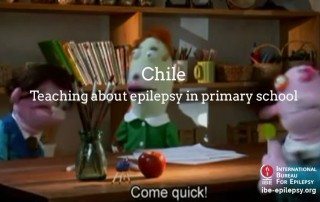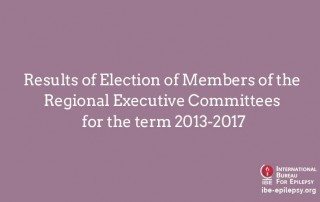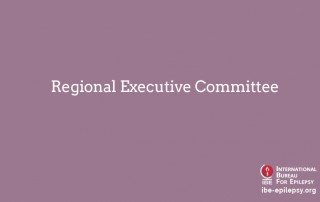ILAE Adopts An Operational Definition Of Epilepsy Intended To Be Used Clinically
The ILAE commissioned a Task Force to formulate an operational definition of epilepsy for purposes of clinical diagnosis. This article summarizes the recommendations of the Task Force, including appended notes and case examples explaining the reasons for these recommendations and occasional dissenting views. In December of 2013, the ILAE Executive Committee adopted the recommendations as a position of the ILAE. Summary Epilepsy was defined conceptually in 2005 as a disorder of the brain characterized by an enduring predisposition to generate epileptic seizures. This definition is usually practically applied as having two unprovoked seizures >24 h apart. The International League Against Epilepsy (ILAE) accepted recommendations of a task force altering the practical definition for special circumstances that do not meet the two unprovoked seizures criteria. The task force proposed that epilepsy be considered to be a disease of the brain defined by any of the following conditions: (1) At least two unprovoked (or reflex) seizures occurring >24 h apart; (2) one unprovoked (or reflex) seizure and a probability of further seizures similar to the general recurrence risk (at least 60%) after two unprovoked seizures, occurring over the next 10 years; (3) diagnosis of an epilepsy syndrome. Epilepsy is considered to be resolved [...]





